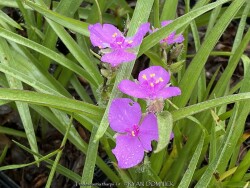
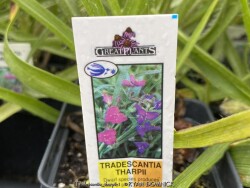
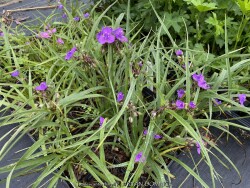
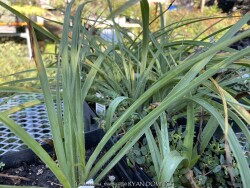
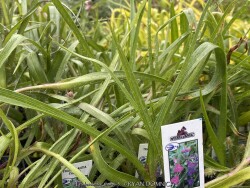
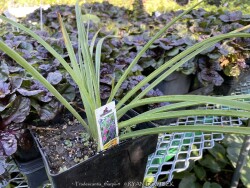
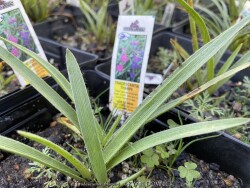
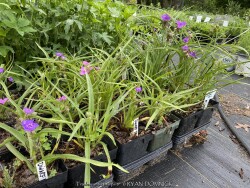
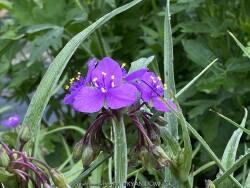
Plant Min Zone: 4a
Plant Max Zone: 8b
Sunlight: All Day Full Sun, Full Sun, Part Sun, Shade
Water / Rainfall: Low, Average
Soil Quality: Poor, Average
Bloom Season: Spring, Early Summer
Flower Color: Purple, Magenta
Berry / Fruit Color: None
Spring Foliage Color: Bluish Green
Summer Foliage Color: Bluish Green
Fall Foliage Color: Bluish Green
Evergreen Foliage: No
Winter Interest: No
Scented Flowers: No
Drought Tolerance: High
Wet-Feet Tolerance: Medium, High
Humidity Tolerance: Low, Medium
Wind Tolerance: High
Poor Soil Tolerance: Sandy Soils, Rocky Soils, Clay Soils
Height: 0.5' - 1'
Width: 0.5' - 1'
Growth Rate: Slow, Medium
Service Life: Very Long: 10-20 years
Maintenance Need: Low
Spreading Potential: Low
Yearly Trimming Tips: Trim Perennial to 3-6" Above Ground in Summer After Blooms: Forms Basal Foliage Growth.
Plant Grouping Size: Medium Grouping of 5-10
Best Side of House: South Exposure, West Exposure, East Exposure, North Exposure
Extreme Planting Locations: Survives Severe Drought, Tolerates Extreme Heat, Top of Retaining Wall Locations
Ornamental Features: Long Blooming Season, Fine Texture
Special Landscape Uses: Naturalizing, Groundcover
Possible Pest Problems: Rabbits, Weed Competition, Foliage Disease
Plant Limitations: May be Dormant in Summer, Unwanted Self-seeding
Shippable in 2026: YES
***Description for this perennial available with future update!***>>>>>>>Tharp's Spiderwort / Native Dwarf Spiderwort, is also known as Tradescantia tharpii. It is a compact plant that thrives on neglect in shade, part shade, or full sun. Dwarf spiderwort prefers well-drained soils and is similar in stature to woodland spiderwort (T. ernestiana). Unless the year is extremely dry, dwarf spiderwort remains green after it has finished blooming; woodland spiderwort always goes dormant for the summer. One of the best native plants for early spring bloom is spiderwort. Ohio spiderwort (Tradescantia ohiensis) is the most common, prevalent in much of the Great Plains and eastern United State. It reaches three feet and has striking blue, rose or white flowers. Its cousin, shortstem spiderwort (Tradescantia tharpii) is not as common, but has more ornamental characteristics and growth habit. It exhibits excellent drought tolerance with minimal maintenance requirements.